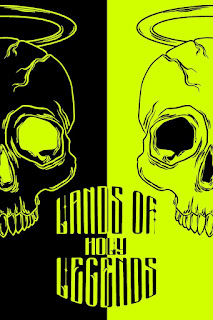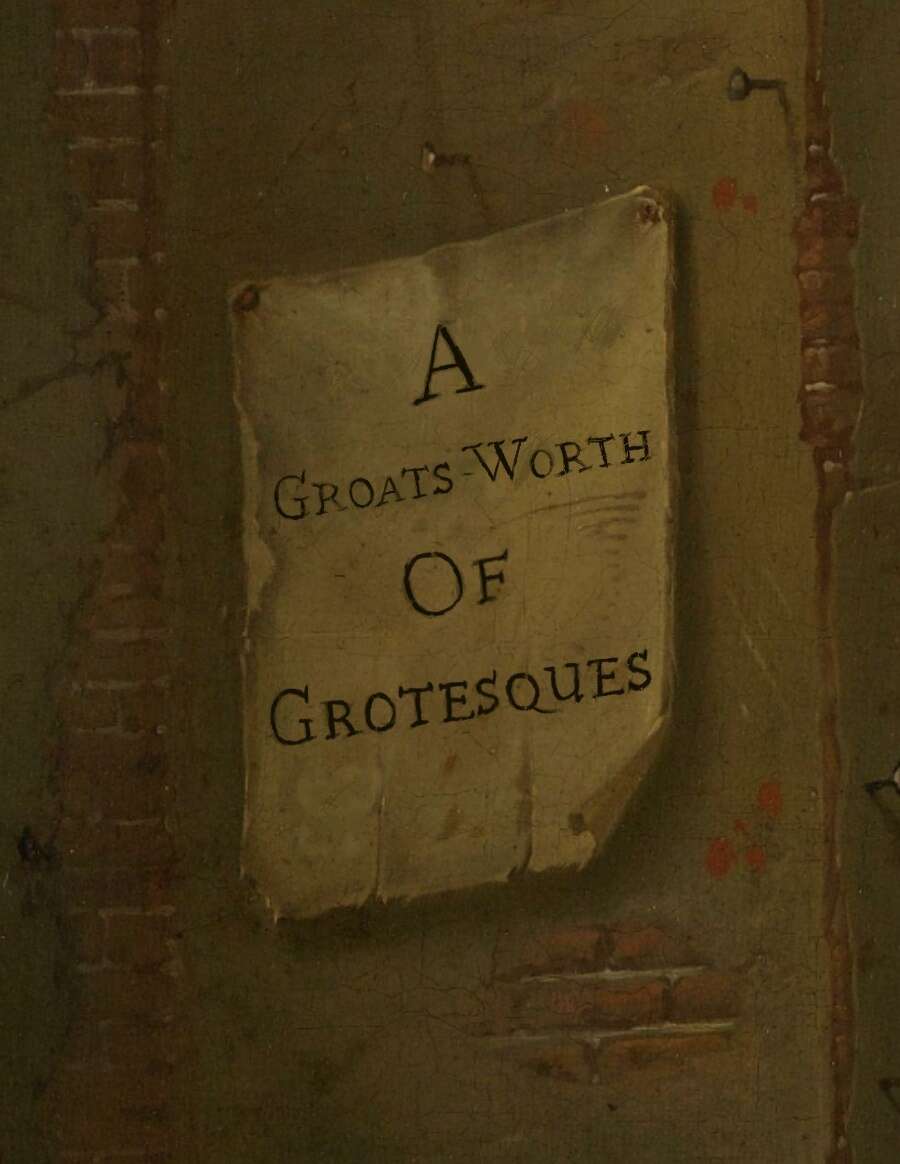New weekend, new table from Lands of Legends!
This week, I offer a d10 table with ten Holy Desert encounters for your OSR sandbox campaign with simple stat references for your classic game of choice, wether is Old-School Essentials, Labyrinth Lord, Sword & Wizardry, or any other clone of OE, B/X, or BECMI Dungeons and Dragons.
Use them to spice up your sandbox!
- Reverse Sphinx. This sphinx commands the group to ask her a riddle. Players have a few minutes to formulate one. If they can’t come up with a riddle, the creature attacks them. If she (and the DM) cannot answer in 1 minute, then the heroes have passed the test and can go, with the help and blessing of the creature. If the sphinx answers the riddle, she’ll be amused and ask for one more, until she cannot answer, or the group has amused her with three different riddles.
- Dust Angel. A whirlwind of dust appears and disappears at a distance and seems to follow the group. Later, in the presence of a danger, the whirlwind will appear again, rising around the whole party, wrapping or hiding them from enemies, erasing their tracks or carrying them to a safe place. Inside the whirlwind, the heroes can see a gentle, smiling face.
- Black Scorpions. The heroes spot or are approached by a black scorpion, as big as an arm. Any guide or native will tell them that it is a sacred scorpion and it mustn’t be killed, even if it tries to sting them. Actually (this is the natives' secret) their venom quenches all thirst and hunger.
- Mad Hermit. This crazy, babbling old man, dressed in rags, feeding on locusts and desert dew, is the most powerful cleric the world will ever see. If only one could make him listen to reason. Only very patient players should find out the truth.
- Prophetic Vulture. This big bird, black from the point of its beak to the talons of its feet, is a spirit of doom: it can speak, with a baby’s voice that comes out of its closed beak, and will only say the name of a place known to the characters, and then the sentence “...is doomed”. And it is true.
- The Ark. In the midst of this arid region lie the remains of a huge, ancient ship. The wreck, preserved by the dry climate, has no masts. Inside there are large and small ramps and stalls and ancient marks of horns and claws. Gigantic parasites may still roam in the lower decks.
- Living Icons. A gigantic temple stands in an area of rocky formations. Its priests are skilled sculptors and their worship is to create colossal statues of the gods, which they infuse with a sort of divine life-spark. Inside this sanctuary are the images of most known gods, which may be contacted directly to obtain responses or blessings.
- Nativity. In a secret cave, three magicians have gathered from distant lands to officiate a forbidden ritual: the birth of a god, which will happen in 2d6 days! They have brought special substances, astrological diagrams and dozens of servants. Attracted by a light in the sky, shepherds of the area are flocking to see. What will the new god be like? Randomly determine alignment, morality and power of the new god or make it the avatar of an existing deity.
- The Herald. A dense flock of red birds comes from the west. They gather in front of the party, assuming the appearance of a god speaking through twittering and fluttering of wings, resulting in a deafening roar (Save vs Spell or be deafened for 1d6 hours). Any god can speak this “Herald". Today, it warns the group of some danger (roll the next encounter and anticipate part of it, or hint at the features of an area the party is likely to visit).
- The Octahedron. The party has just found one of the octahedra, which are said to be tears of the goddess of dawn made into geometric crystals by the god of forges. Those who shake an octahedron in their hands before attempting a task will receive the aid of the gods: they can add d8 to a roll they are about to perform. As soon as the octahedron is shaken, it dissolves in a cloud of dust.















